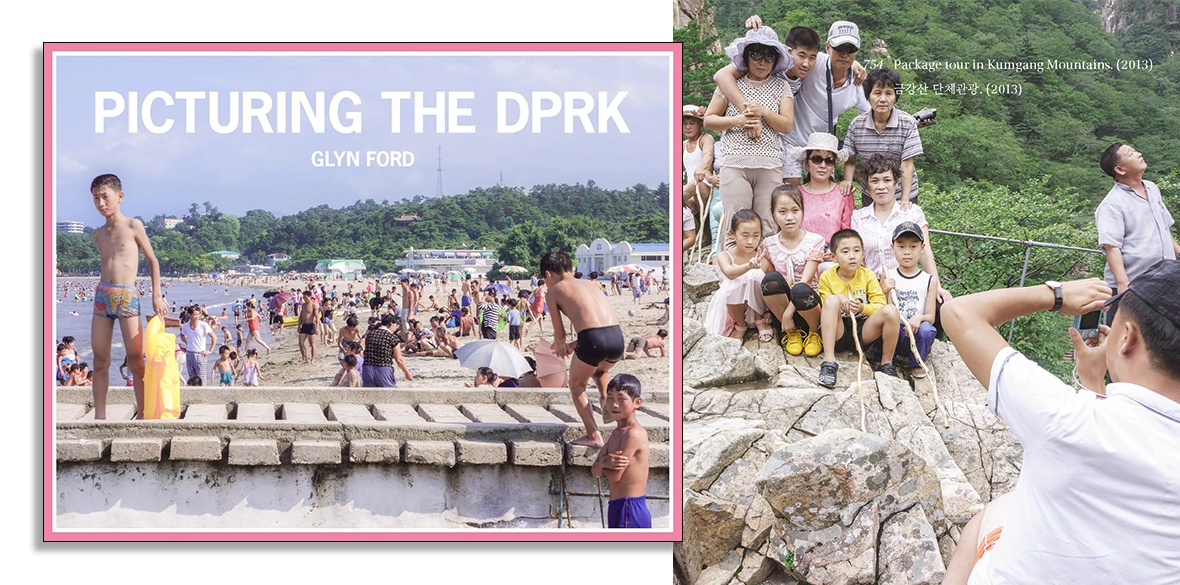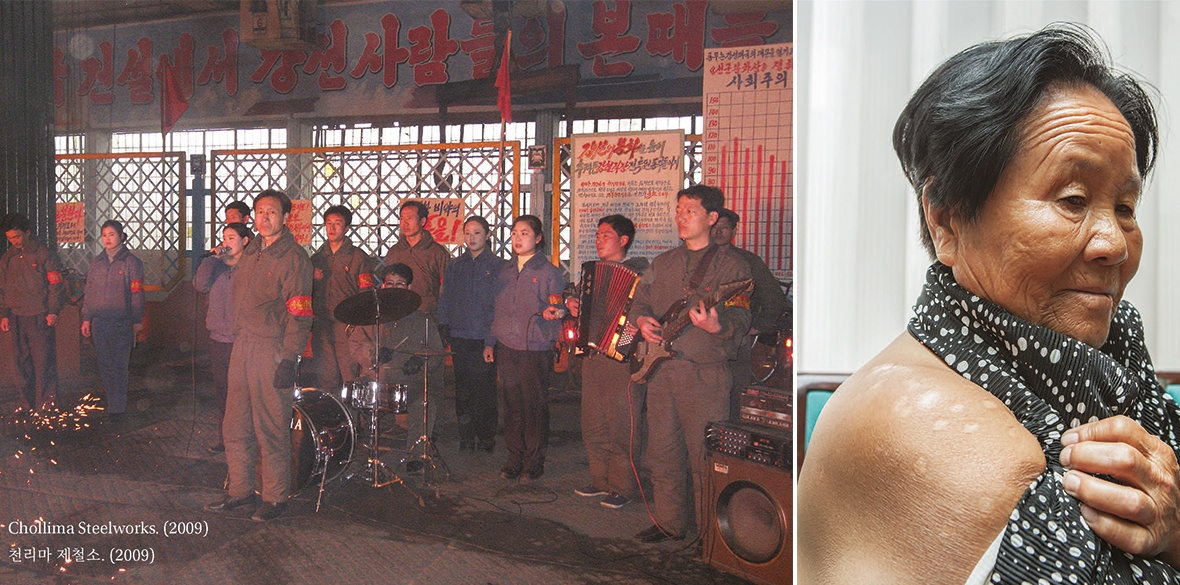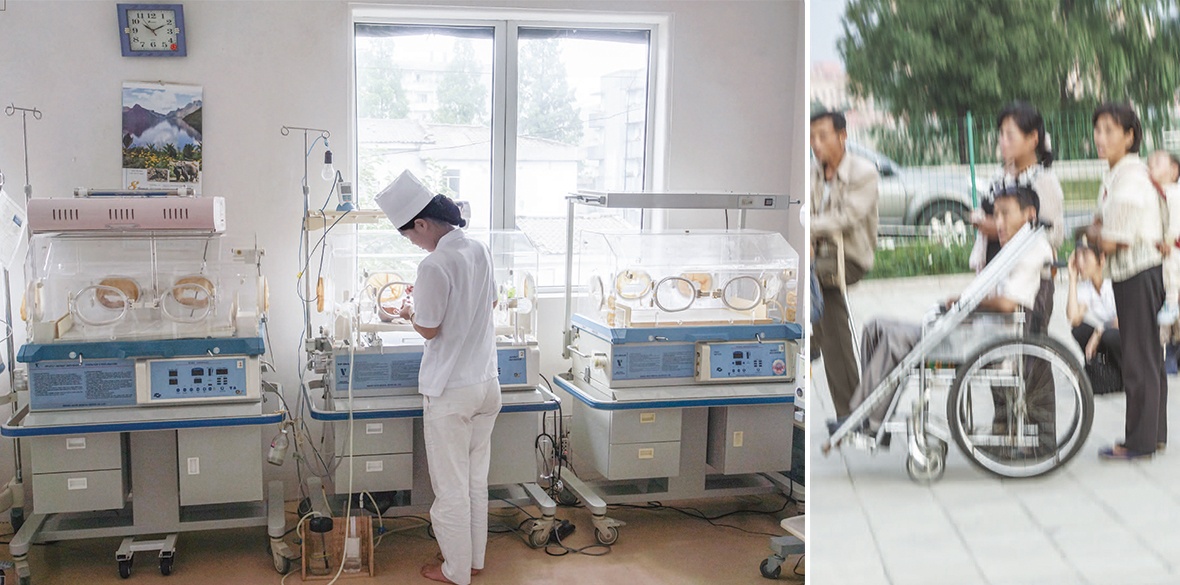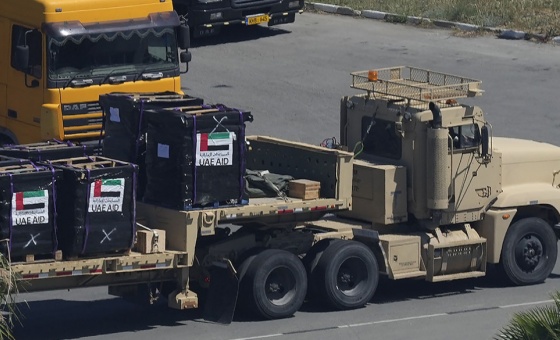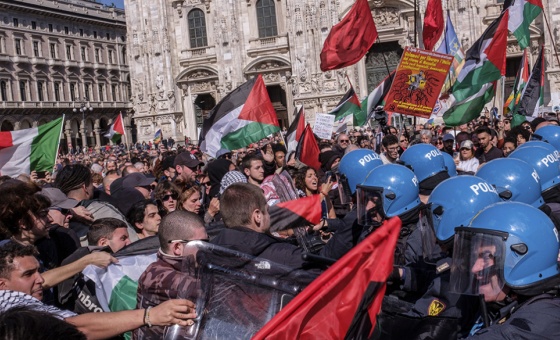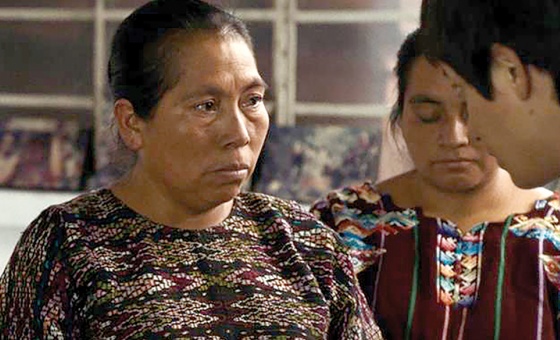This is the last article you can read this month
You can read more article this month
You can read more articles this month
Sorry your limit is up for this month
Reset on:
Please help support the Morning Star by subscribing here
Picturing the DPRK
Glyn Ford, Spokesman Books, £15.99
VERY few British people, or Westerners generally, including from the left or the labour movement, have had the opportunity to visit the Democratic People’s Republic of Korea (DPRK), to give the country more widely known as North Korea its proper name. Indeed, since 2017, the US government has maintained a blanket ban on visits by its passport holders.
One exception is Glyn Ford, who served as a Labour member of the European Parliament (MEP) from 1984-2009. Much of his work was focused on east Asia and he has visited the DPRK nearly 50 times since his first visit in 1997.
Since leaving the European Parliament, he has continued with his “Track 2” diplomacy and has long since been the “go-to” person for European social democracy in engaging with the country.
Ford previously published two books on Korea. North Korea on the Brink: Struggle for Survival (2008) and Talking to North Korea (2018), both published by Pluto, are among the rare exceptions among books on the country in eschewing sensationalism and propaganda for serious analysis.
Now Ford has published a third book on the subject. But this one is different. As its name implies, Picturing the DPRK is not a work of political or geostrategic analysis. With just seven pages of introduction but over 200 photos, the majority taken by the author during his visits, and grouped into seven sections spread over more than 200 pages, it might best be described as a miniature coffee table book.
The result is an honest depiction that seeks to present rather than sensationalise. It does not pass over the difficult days that the DPRK lived through early in this century, or the developmental challenges that remain, but equally it shows the considerable social achievements and above all the realities of daily life. As the author notes, it illustrates the fact that in the DPRK, there are, “26 million men, women and children like us. These millions have their hopes, dreams and fears.”
By letting the pictures do the talking, Ford does much to humanise the DPRK and its people, and in so doing refutes much of the lurid conjecture and racial stereotyping that all too often passes for reporting on or analysis of the country.
In the first section, on daily life, we see street kiosks and indoor markets as well as what the country looks like on polling day. With a minor excursion into commentary, Ford uses a photo of a man in a wheelchair to knock down one of the many ridiculous slanders propagated about the DPRK, namely that disabled people are not allowed to live in the capital city.
A section on education highlights the country’s universal provision of nurseries and kindergartens, the widespread extramural activities, and a hospital classroom, presumably in the newly built Pyongyang Children’s Hospital.
An eclectic section on places of work features Buddhist monks and a Russian Orthodox priest among a range of occupations in town and country. The prevalence of soldiers in this section might at first seem somewhat incongruous until one appreciates the army’s role in socialist construction, with many key projects undertaken by the military.
Widely varying levels of advanced and backward productive forces are shown, illustrating the country’s uneven development, while the worker’s music group in the Chollima Steel Mill, one of the country’s most iconic factories, may remind some older readers of life in former socialist countries.
The DPRK’s contrasting features are again on display in the section on health, with advanced provision like the ICU unit in Pyongyang’s Maternity Hospital and the “cottage hospital” of a state farm, highlighting the state’s commitment to the universal provision of free medical care, alongside dilapidated ambulances, improvised equipment and malnourished children from the late 1990s, the period referred to as a famine in the West and by the Koreans as the “Arduous March,” caused by a “perfect storm” of natural disasters, the collapse of the USSR and the European socialist countries, and intensified Western sanctions.
A section on personalities features what may come as some surprises to readers: Kim Yong Su, born in 1926 and pictured in 2008, one of the last survivors of the “comfort women,” forced into sexual slavery by the Japanese military in the period of colonial rule, shows the scars from cigarette burns; James Dresnock, a US GI who defected to the DPRK in 1962 and whose two sons by his Romanian-born wife have served as officers in the Korean People’s Army; two former members of the ultra-left Japanese Red Army who were given political asylum after a 1970 hijacking; and two long-term political prisoners who served 41 years and 38 years respectively in South Korean prisons for refusing to renounce communism. By way of comparison, Nelson Mandela served 27 years.
A final look at “rest and play” highlights some of the DPRK’s attractions, including Pyongyang’s water park and dolphinarium; a bowling alley, skate park and beer festival; a riding school and a ski resort; health resorts and mountain picnics; fast-food joints and coffee shops; funfairs and the beach, along with the “mass games,” long favoured by many socialist countries, but taken to a new level in the DPRK with up to 100,000 participants.
To return to Ford’s introduction: “They [the people depicted in the book], and the rest of the people on the Peninsula, will be the hapless victims of any attempt to force regime change or any inadvertent stumbling into war. The lessons of Iraq, Libya and Syria have taught the world that applied idealism in the absence of realism is the road to hell in a handcart.”
With the daily horrors of the conflict in Gaza as a poignant reminder, one does not have to endorse any ascribing, however qualified, of idealism to predatory imperialist wars to recognise Ford’s heartfelt call for peace and his contribution to its preservation.

